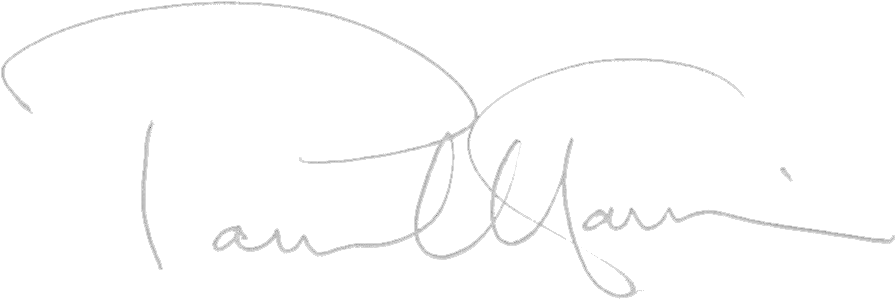Welcome to this second blog considering the content of my new book, The Clarinet. The aim of the book is to present a really thorough discussion of all aspects of clarinet playing, to explain what really happens as we play (much of that scientifically) and how we can learn to develop real control of this wonderful instrument.
In this article we shall consider the fourth chapter which I’ve called Sounding good. Following on from the thorough warming-up regime in the previous chapter, Sounding good investigates the sound we make – maybe the most fundamental aspect of playing and performing. There is a detailed but (I hope!) understandable and practical discussion of the science of sound followed by a consideration of the three essential components involved in the production of sound: breathing, oral cavity and embouchure.
I have occasionally been a little provocative (in the sense of trying to clarify some slightly long misunderstood or misrepresented aspects of playing) and there are a couple of challenging ideas to explore. What does ‘support’ really mean, for example? We often hear teachers give the instruction to ‘support more’ but in fact they probably simply mean to produce more breath pressure. Support is the restraining of air and it increases more as we play more softly. I have devised a new analogy based on the idea of the bow and arrow which I hope might offer a clear understanding of support and help players develop the processes more proficiently.
There is a very detailed study of what, in America, they call ‘voicing’ . The use of the oral cavity – or how we can use the shape of the inside of our mouth (via differing vowel shapes) – is a fascinating and often overlooked aspect of clarinet technique. Not only does it have a major part to play in the control of tone, legato, tuning and timbre, but it is also a crucial aspect of controlling the many colourful sonic effects the clarinet is capable of – glissando and pitch bending, multi-phonics and micro-tones for example.
Then we come to the dreaded squeak! Which is simply a high note – but usually not one we want. There are various reasons as to why squeaks suddenly intrude into our playing and many ways to help reduce their appearance that you can try.
Finally, here is a simple and instructive breath control exercise from the book:
Hold a sheet of paper vertically from above, fairly close to your mouth. Now, aiming at a central point on the piece of paper, blow out through pressed lips so that the paper rises. If your breath control, oral cavity and embouchure are well set up, you should be able to keep the paper at a constant angle for the entirety of the breath.
To learn more, buy a copy of The Clarinet here: https://www.fabermusic.com/shop/paul-harris-the-clarinet-p439043

